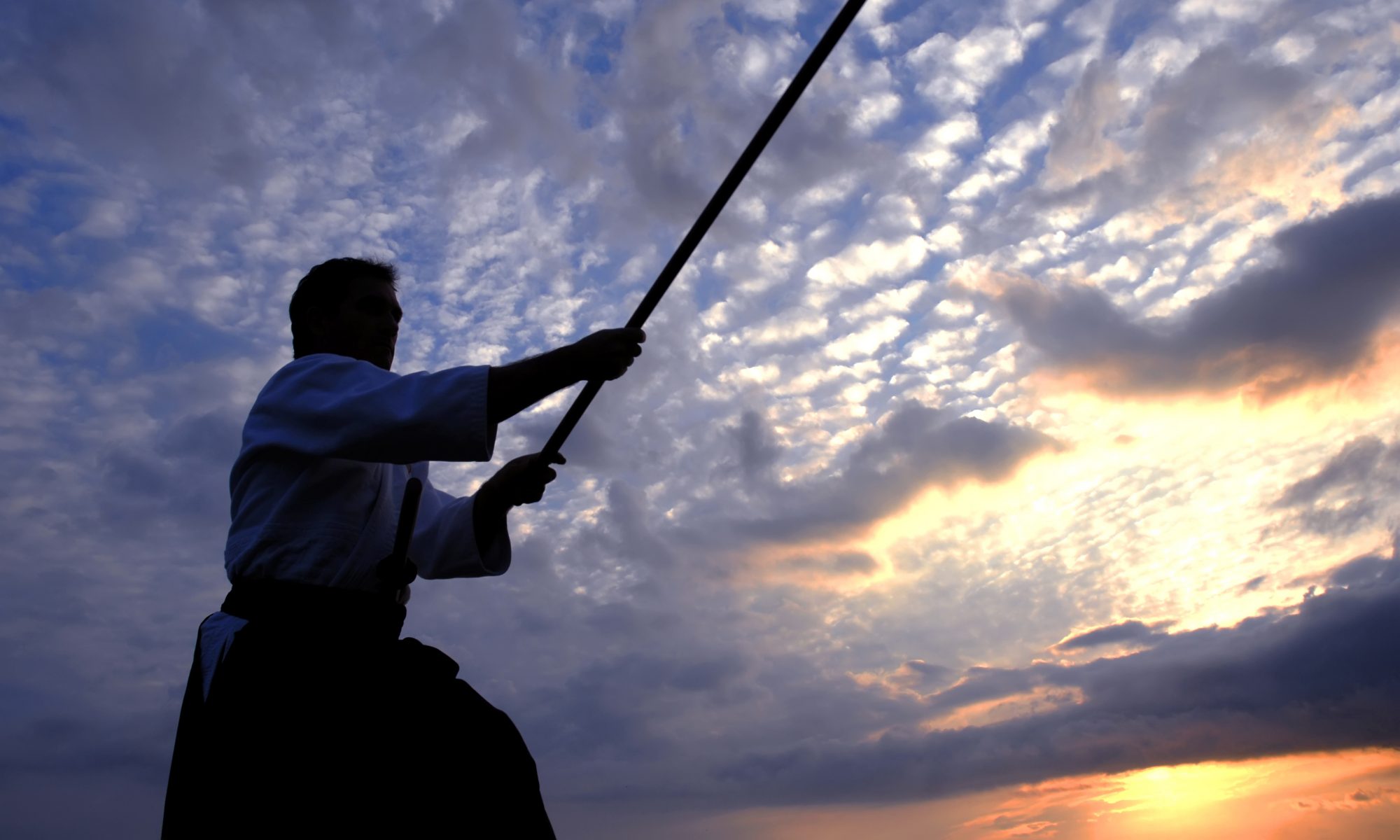THE PRINCIPLE OF AIKIDO
“Aikido has but one principle—the universal reality of life. In their own nature as living human beings all possess the basic secret of Aikido. The purpose of Aikido is to better people’s lives, to make their spirits blossom and become strong, and by making better people to make a better world. Aikido exists in this principle and this purpose, not in the style of movement or the technical details through which Aikido is taught. If the principle and the purpose are present, any technique can be Aikido. If they are absent, so is Aikido.”
Mitsugi Saotome – The Principles of Aikido
MEANING OF THE WORD “AIKIDO”
The word “Aikido” in Japanese is made up of three characters. The first is “AI” which means “to unite, to come together, to harmonize.” The second character is “KI” which means “the energy and spirit of the universe.” The third character is “DO” which means “the way, the path.” This signifies that the study of Aikido does not only involve self-defense techniques, but it also includes positive character-building ideals which a person can incorporate into their life. Together these characters mean “THE WAY TO HARMONIZE WITH THE SPIRIT OF THE UNIVERSE.”
PHILOSOPHY OF AIKIDO
The most unusual aspect of Aikido is that, although it is primarily a self-defense art, it has as the basis of its philosophy the idea of being in HARMONY with your opponent rather than being in CONFLICT with them. The ideal of Aikido is not to think of defeating your enemy, but rather to be in harmony with him, spiritually and physically. This is why Aikido is sometimes called the “Art of Non-Resistance,” or the “Non-Fighting Martial Art.”
Aikido techniques express elements of philosophy, psychology and physics. As one learns the movements, they will, at the same time, train their mind, improve their health and develop self-confidence. Through the physical practice of the self-defense techniques, the Aikido student comes to appreciate and understand the mental and spiritual aspects of Aikido. During practice sessions, partners work in harmony with each other, learning when and how to yield, how to lead and guide another person’s movements and how to control an opponent through non-resistive techniques.


